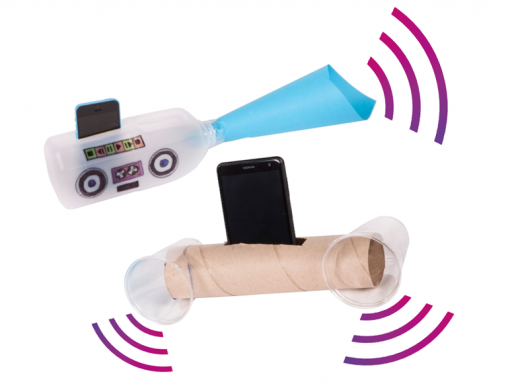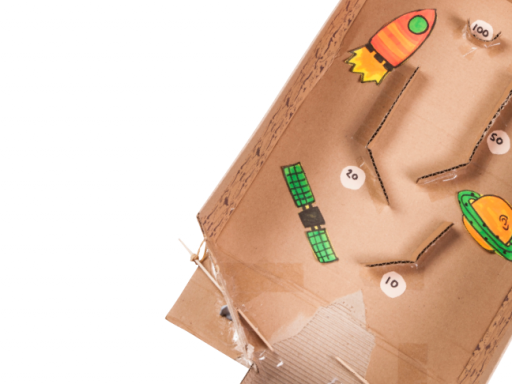Taking apart gadgets such as a travel alarm clock, disposable camera, headphones, propelling pencil or a TV remote control is a great way of exploring beneath the surface of objects. It encourages students to question and find out how something works, and how it was made.
NOTE
Never do this activity with an item that is still plugged into the mains. If you are running this activity with younger children, please supervise them as some items will contain small parts or sharp points.
Printable downloads
Follow these steps…
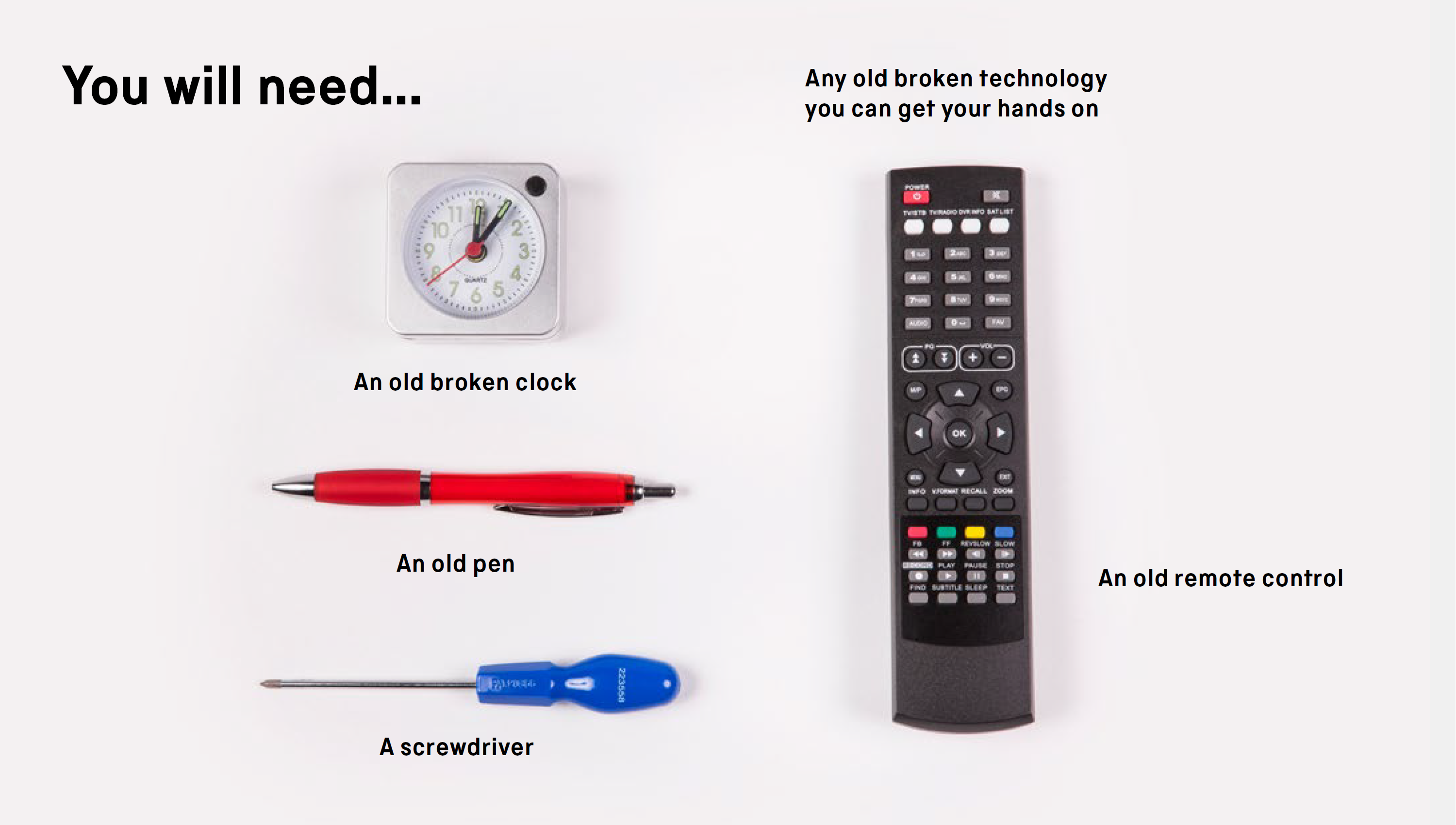
Top tip
The items we have chosen are just suggestions; you can try this activity with other things
around your home.
-
 Take apart some everyday objects and investigate what’s inside them. Start with a pen.
Take apart some everyday objects and investigate what’s inside them. Start with a pen. -
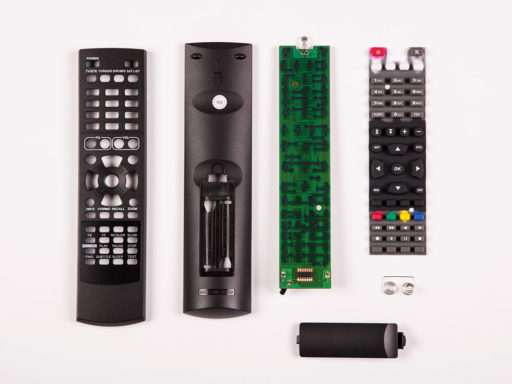 Next try something electronic such as an old remote control.
Next try something electronic such as an old remote control. -
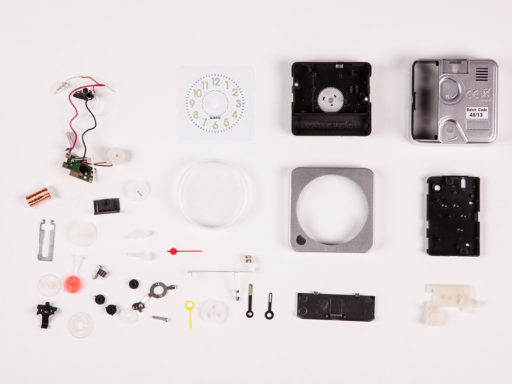 Investigate the inner workings of an alarm clock.
Investigate the inner workings of an alarm clock. -
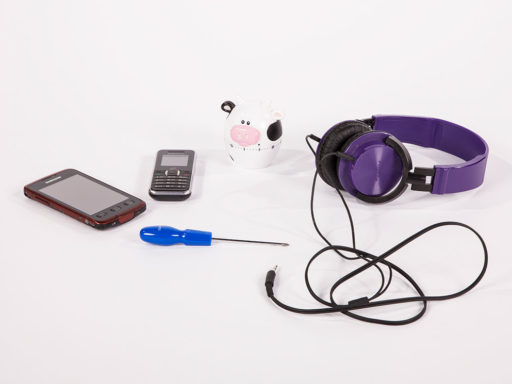 Experiment with taking apart other old or broken household items as well, and see if anything surprises you!
Experiment with taking apart other old or broken household items as well, and see if anything surprises you!
Think and talk about…
- Did you find anything surprising?
- Do your objects have more or fewer parts than you expected?
- Can you work out what the different parts are there for?
Investigate…
- Are the objects easy to put back together?
- Can you make a display or art piece using all the components?
- Can you group the components together in different ways, such as by material or shape?
Did you know?
In a basic everyday toaster you will find 400 individual parts made from over 100 different materials.
What’s the science?
Inside every gadget you use every day you will find many different parts that have been designed and engineered with consideration for the properties of each material. Inside most electrical gadgets you will find a source of power, usually a battery or, if it runs on mains power, a power cord. Devices that plug into the mains may contain a transformer to convert the mains voltage (230 volts) into a lower voltage, often 12 volts.
Most electrical gadgets contain a circuit board which fits different electronic components into a small amount of space to make it work – look out for microchips, resistors, capacitors, switches and LED lights.
Science in your world
 All the gadgets we use in our everyday lives rely on scientific principles that have been discovered by scientists. But it is engineers and designers who develop new products; they need to have a working knowledge of those scientific principles, so that the products do the jobs they are supposed to do reliably.
All the gadgets we use in our everyday lives rely on scientific principles that have been discovered by scientists. But it is engineers and designers who develop new products; they need to have a working knowledge of those scientific principles, so that the products do the jobs they are supposed to do reliably.

